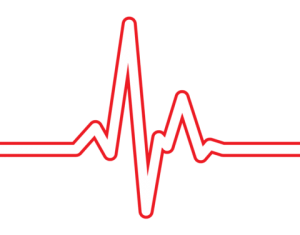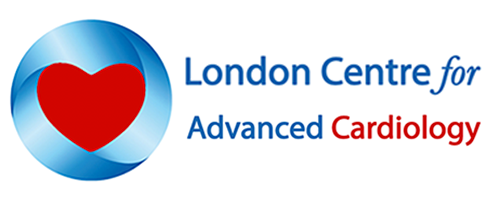
Your heart rate
Your heart rate is the number of times your heart beats per minute (bpm). A normal heart rate is between 60 and 100 bpm while you’re resting.
However, it will vary depending on when it’s measured and what you were doing immediately before the reading.
How do I measure my heart rate?
You can measure your heart rate manually, by checking your pulse. However, you may find it useful to buy a heart rate monitor. There are lots available and they can be found in most big high street shops and department stores, including larger supermarkets and pharmacies.
Which type you choose will depend on what you want it to do, for example some heart rate monitors have additional built in features such as a calorie counter. If you simply want to measure your heart rate, choose a basic and inexpensive one.
Why should I measure my heart rate?
Measuring your heart rate can help you track your fitness and monitor if you’re exercising at the right level for you.
Your heart, like any other muscle, needs physical activity to keep it healthy. In most cases regular exercise can help improve your overall health and manage many of the risk factors for heart and circulatory diseases, such as diabetes.
What is a target heart rate?
Your target heart rate (THR) is between 50% and 70% of your maximum heart rate. You should aim to exercise with your heart rate between these two figures. Your target heart rate will make sure you increase your fitness and strength safely.
If you have a heart condition, check with your doctor before doing any new exercises, in case they aren’t suitable. You should also warm up and cool down before and after exercising to avoid injury to your muscles and protect your heart from speeding up or slowing down too fast.
Resting heart rate
Your resting heart rate is measured by counting the number of beats per minute of your heart while you’re sitting still. A normal resting heart rate range is between 60 and 100 bpm.
A resting heart rate outside of the normal resting heart rate range combined with symptoms like shortness of breath, dizziness and fatigue may indicate a heart problem. Checking your pulse can also tell you if your heart beat is regular or irregular. You should make an appointment with your GP if you’re concerned about your resting heart rate.
Low heart rate (bradycardia)
A low heart rate is classified as a heart rate less than 60 bpm. The medical term for a heart rate of around or less than this is bradycardia.
For some people such as athletes, bradycardia doesn’t pose a health risk. But if you have a low heart rate and are experiencing symptoms like fainting, fatigue and dizziness then you should make an appointment with your GP.
You can establish whether you have a low heart rate by checking your pulse.
If you have a heart condition
If you have a heart condition, in most cases, you’ll still benefit from regular physical activity but you should check with your doctor if you have any concerns.
Some medicines used to treat heart conditions can slow down your heart rate and prevent the heart from responding as it normally would. If you are taking medicines, such as beta blockers, it may be easier and more effective to do the ‘talk test’ while you are exercising. If, while you are walking, you feel warm and are breathing more heavily than normal, but you can still hold a conversation, you’re walking at the right pace.
